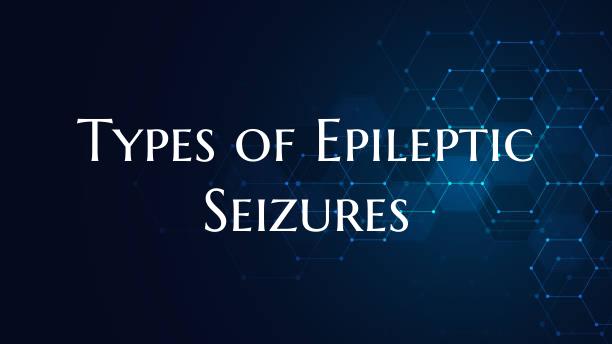
Types of Epileptic Seizures
Epileptic seizures are sudden bursts of electrical activity in the brain that can cause a range of symptoms and vary in intensity. There are several types of epileptic seizures, each with distinct characteristics. Understanding the different types of seizures can help individuals and their caregivers better manage the condition and provide appropriate treatment when necessary.
1. Generalized Seizures: Generalized seizures involve abnormal electrical activity that affects both sides of the brain simultaneously. These seizures typically manifest as a sudden loss of consciousness and are classified into several subtypes:
- Tonic-Clonic Seizures (formerly known as Grand Mal Seizures): These seizures are characterized by muscle stiffening (tonic phase) followed by rhythmic jerking movements (clonic phase). The person may lose consciousness and exhibit excessive saliva production, tongue biting, and incontinence.
- Absence Seizures: Also known as petit mal seizures, absence seizures involve brief lapses of consciousness where the person seems to stare blankly into space. These seizures are common in children and may be mistaken for daydreaming.
- Myoclonic Seizures: Myoclonic seizures are characterized by sudden, brief muscle jerks or twitches that can affect specific muscle groups or the entire body.
2. Focal (Partial) Seizures: Focal seizures originate in a specific area of the brain and may or may not involve loss of awareness. These seizures are further categorized as either simple or complex:
- Simple Partial Seizures: Simple focal seizures do not affect consciousness and often present with symptoms such as strange sensations, twitching, or jerking in a specific part of the body.
- Complex Partial Seizures: Complex focal seizures can lead to altered consciousness, repetitive movements (automatisms), and confusion. The person may engage in purposeless activities or exhibit unusual behaviors during these seizures.
3. Unknown Onset Seizures: Some seizures do not fit into the generalized or focal categories due to unclear symptoms or insufficient information about their origin. These seizures are classified as unknown onset seizures and may require additional testing to establish a definitive diagnosis.
It is essential for individuals with epilepsy to work closely with healthcare professionals to identify the type of seizures they experience, determine appropriate treatment options, and develop a seizure management plan tailored to their specific needs. By recognizing the different types of epileptic seizures and their associated symptoms, individuals can take proactive steps to optimize their quality of life and minimize the impact of seizures on daily activities.